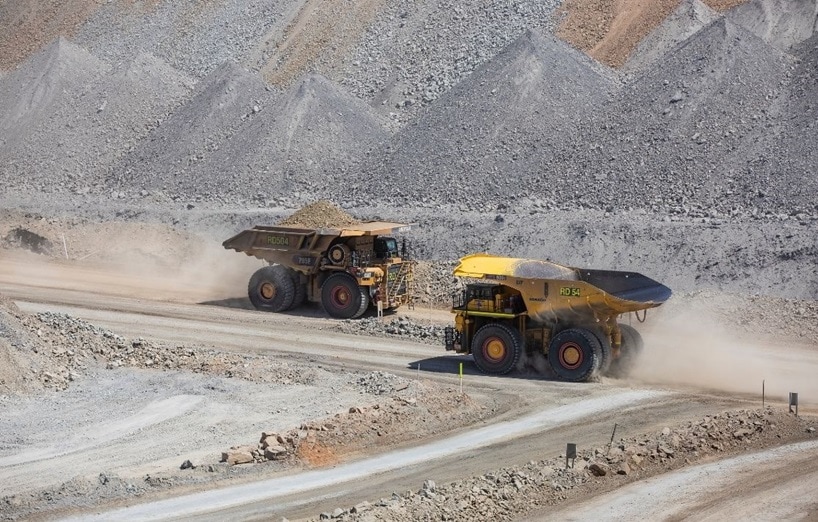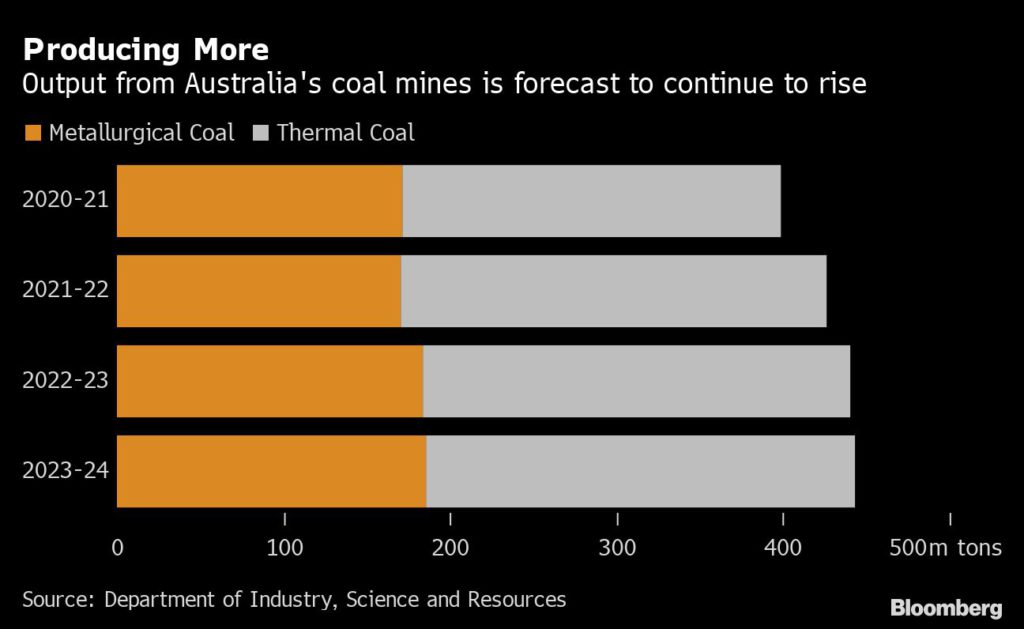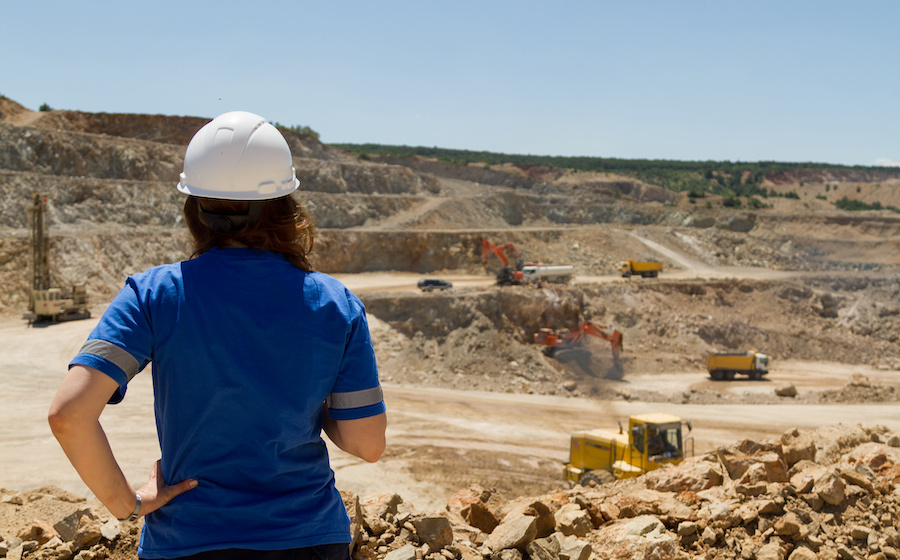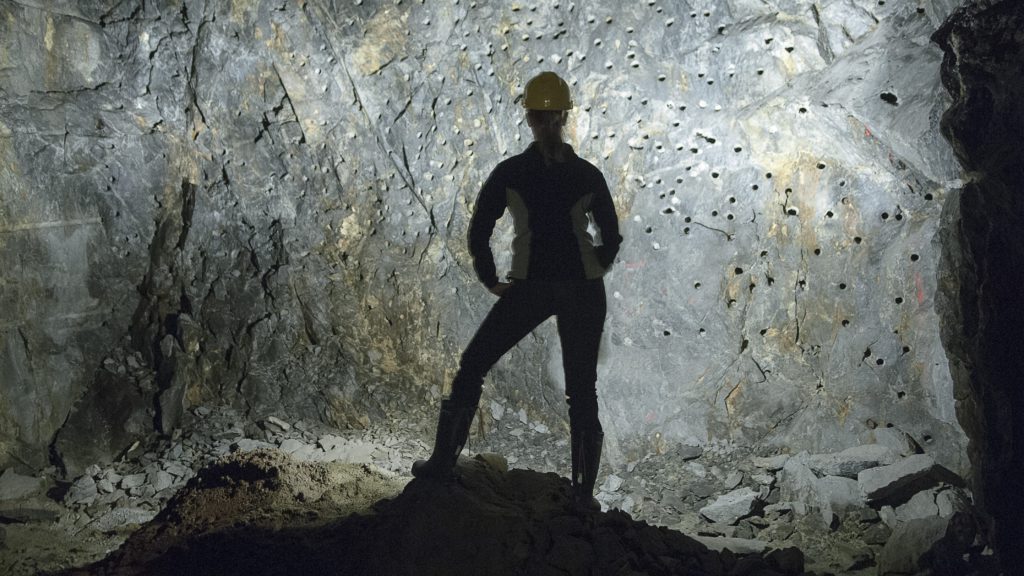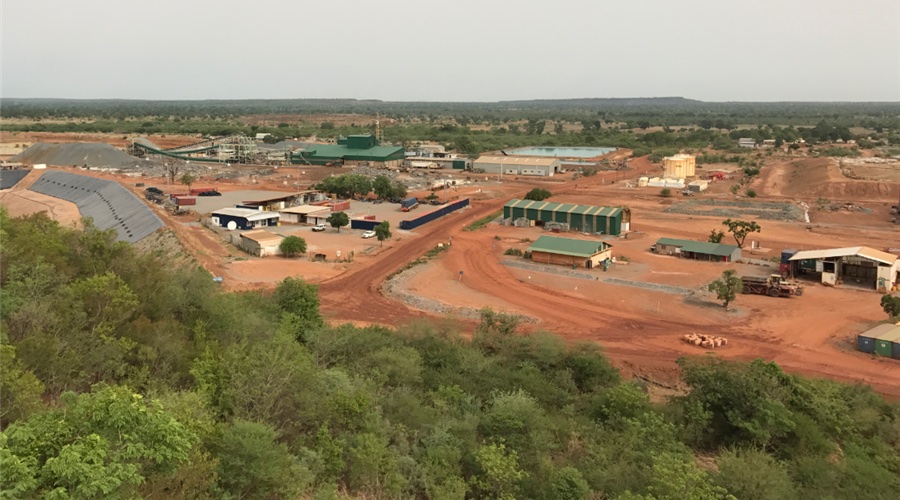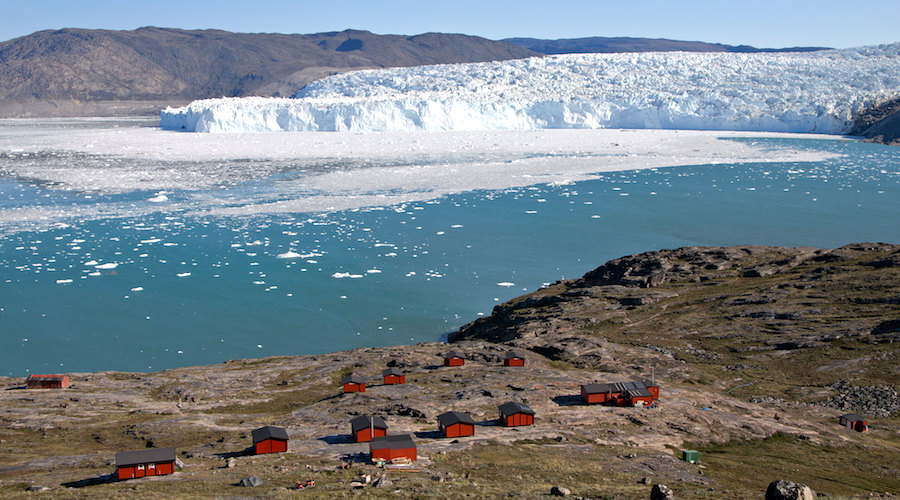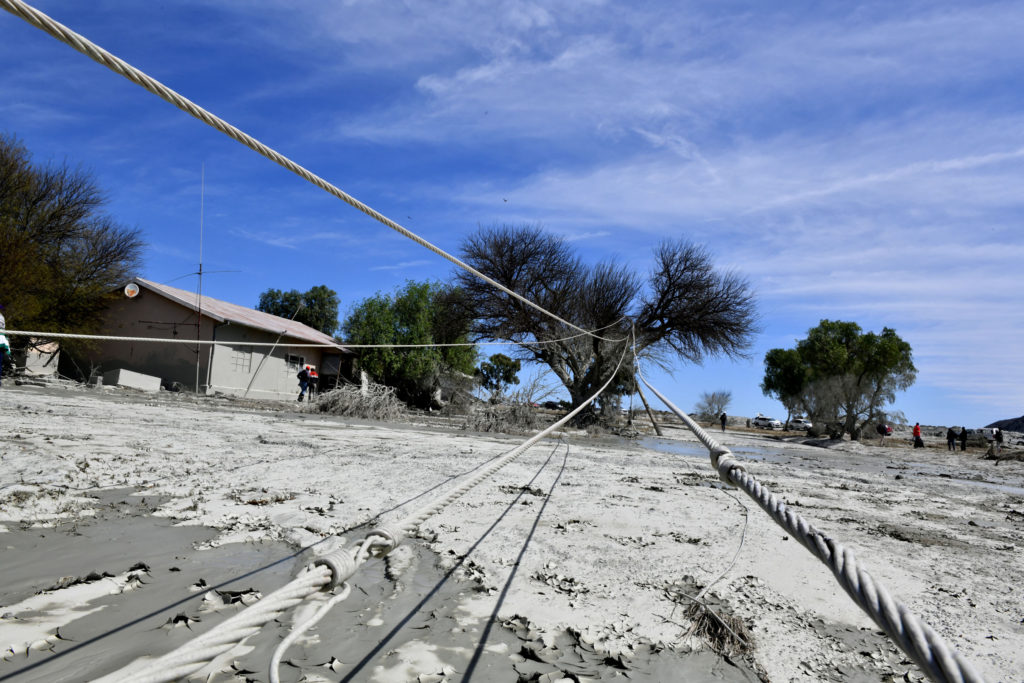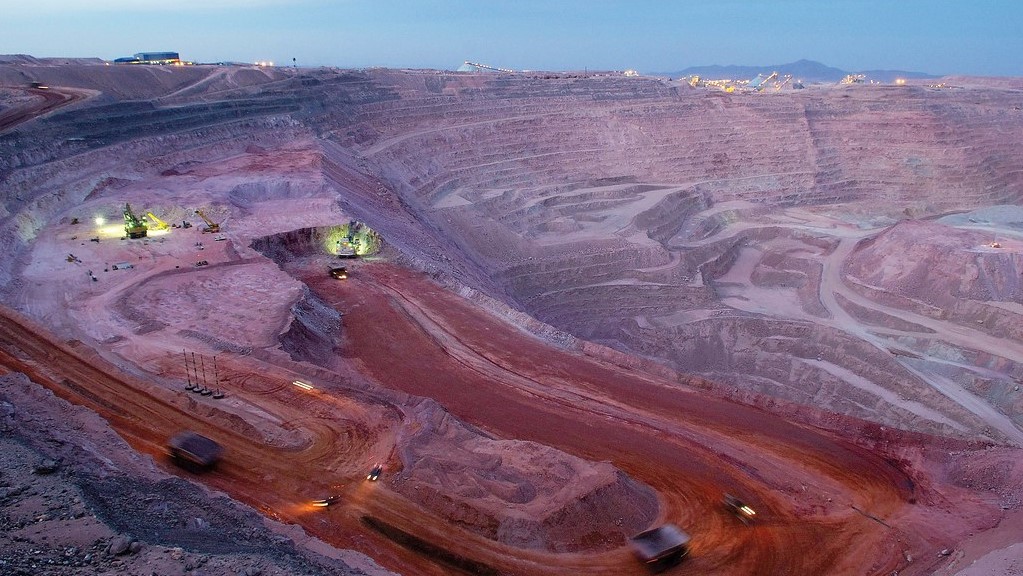Fission Uranium (TSX: FCU) discovered the Triple R uranium deposit at its Patterson Lake South (PLS) project in Saskatchewan in 2012 – a year after the Fukushima nuclear plant disaster in Japan decimated the uranium market.
But following a decade in the “wilderness,” uranium stocks are now finally on the upswing, benefitting from growing recognition of nuclear energy’s place in limiting global temperature rises, reducing emissions of greenhouse gases and countries’ looming net zero goals targeted between 2030 and 2050.
“A few years ago, you were always trying to convince people they should be contrarian and look forward, but they really couldn’t see their way out of the weeds,” said Fission’s president and CEO Ross McElroy in mid-September.
“When we talk to investors now, there is rarely anybody that I have to convince that nuclear’s the place to be and that it plays a key role in the energy mix and particularly in green energy.”
The Sprott Physical Uranium Trust Fund, launched in mid-2021 has helped support uranium prices, while Russia’s ongoing war in Ukraine has stoked efforts to source the critical energy metal from friendly sources. Japan’s announcement that it will renew its investment in nuclear power, as well as similar moves from other countries, have solidified that positive sentiment.
This, just as the company prepares to complete a feasibility study for the project by the end of the year.
It will build on a positive 2019 prefeasibility study that outlined a capex of $1.2 billion for an underground mine with a life of 7.3 years. The operation would produce 11.3 million lb. U3O8 per year at low operating costs of US$7.18 per lb.
Despite its short mine life and large capex, the study forecast a 25% internal rate of return after taxes, using a long-term uranium price of US$50 per lb. The net present value (at an 8% discount rate) was $702 million.
One major difference in the upcoming feasibility study will be a longer mine life. Based on a resource update released in September that incorporated 175 drill holes completed over the last three years, the mine life in the feasibility study is likely to be extended (by around two years, according to a recent research note from Katie Lachappelle, a mining analyst at Canaccord Genuity). The update brought resources in the R840W zone into the indicated category, which will bring a third zone into the mine plan, adding 11.2 million lb. uranium oxide. It also bulked up the largest of the five zones at Triple R – R780E.
Indicated resources stand at 2.7 million tonnes grading 1.94% U3O8 and 0.61 gram gold per tonne for 114.9 million lb. U3O8 and 52,700 oz. gold. Inferred resources are 635,000 tonnes at 1.1% U3O8 for 15.4 million lb.
Overall, indicated resources rose by 21.3%, with only a small decline in grade (from 2.1% U3O8).
Another factor that will be incorporated into the feasibility study is the inflationary environment. While high inflation has resulted in escalating price tags for large gold and copper mines under construction, McElroy said the project’s smaller footprint should temper the impact of inflation on PLS. “This is a small tonnes per day operation. There’s not a lot of steel and equipment,” he said.
The expected timing of the start of construction three or four years down the road would also have to be considered.
The uranium price could also be higher. The previous study used a long-term price of US$50 per lb., although uranium was trading at around US$28 per lb. at the time. While McElroy says that the current price, at around US$50 per lb., is still well below the incentive price, he believes the market will continue to improve.
“I think that the price of uranium is going to be right where [we] want it to be when this does become an operating mine,” said McElroy, who spoke from Europe shortly after attending the World Nuclear Symposium in London in September — an event he described as the most optimistic in his 15 years of attending.
The company has started the environmental assessment process and is planning on a 36-month timeline for permitting. It hopes to start construction in 2026, followed by production in 2029.
It recently signed engagement and communication agreements with both the Buffalo River Dene First Nation and Ya’thi Néné Lands and Resources Office, which represents the Athabasca Nations and communities of the Nuhenéné. Previous feedback from local First Nations communities resulted in one major change in the proposed project – making it a fully underground mine rather than open pit and underground as originally proposed in a preliminary economic assessment.
“The local communities definitely prefer to see an underground mine as opposed to a surface, and we actually are in a position where you have the flexibility to mine it either way,” McElroy said. Although the deposit is shallow, starting at only 50 metres, open pit mining would have cost about $100 million more, he said, because two of the deposits are located under a lake and would require a berm to be constructed for access.
Chinese investment
While PLS, located about 150 km north of La Loche, Sask., appears to be a strong project, it won’t be cheap to build. As a junior with a sub-$500-million market cap, Fission is open to developing it on its own, or bringing in a strategic partner or larger mining company, McElroy says.
The company already has an offtake agreement for up to 35% of its production with Hong Kong-listed CGN Mining. In a deal that closed in early 2016, CGN invested $82 million in Fission for a 19.99% equity stake. CGN is controlled by China General Nuclear Power Corp.
McElroy acknowledges that relations between Canada and China have chilled considerably since that deal. However, he still sees CGN as a good partner.
“There might be a bit more tension on an international basis between Canada and China, but on a company level between us and our Chinese partner, there’s no chilling of the relationship. We have a good, strong working relationship,” he said.
“The Chinese story still impresses me a great deal,” he added. “They’re one of the most aggressive builders of nuclear reactors worldwide — that was always a compelling story six years ago, and it’s still a compelling story right now.”
CGN hasn’t sold shares since its initial investment, but its ownership has been diluted to around 14% as it hasn’t participated in subsequent financings. The deal also gave it the right to nominate two members to Fission’s board, which was increased to nine members.
In 2012, Canada and China signed an agreement, supplementing a 1994 Co-operation in the Peaceful Uses of Nuclear Energy agreement that allowed China to buy Canadian uranium. With uranium designated as a critical mineral and the more adversarial relationship that has developed since then, it’s not clear whether this will change.
In a more near-term consideration, there is potential to reduce costs at PLS by sharing infrastructure with NexGen Energy (TSX: NXE), which is developing its $1.3-billion Arrow project only 3 km away. NexGen has already started the permitting process for the project, which is located on the same trend as Arrow, and is expected to produce around 29 million lb. of U3O8 per year over 11 years. No formal discussions have taken place, however. McElroy also doesn’t rule out a merger between the companies – if it makes sense for Fission shareholders.
With the growing push for clean energy globally and the limited pool of uranium miners, McElroy believes PLS could attract a forward-thinking, commodity agnostic miner as an investor or acquirer.
“A uranium deposit like this is not entirely different than gold mining a vein-hosted, greenstone belt mine, in fact they look very similar.”
Discovery potential
When Fission made its initial discovery at PLS, located about 8 km southwest of the Athabasca Basin margin a decade ago, it set off a staking rush in a new region.
“Prior to our discovery, nobody thought there was any uranium in that area at all — it really wasn’t on anybody’s radar,” said McElroy, who shared The Northern Miner’s person of the year award in 2013 with then-Fission exec Dev Randhawa for the achievement, and also received Prospectors & Developers Association of Canada’s Bill Dennis award for exploration success in 2014. “It really changed the whole focus of where people are looking and even how they were looking.”
With the PLS land package measuring 310 sq. km — about five times the size of the island of Manhattan — McElroy believes there’s more to be discovered.
“The potential for more than one Triple R type deposit on our property is pretty high, so we’ll start kicking off exploration again at some point.”
